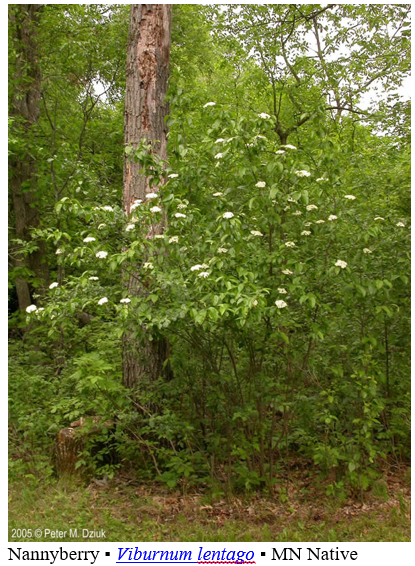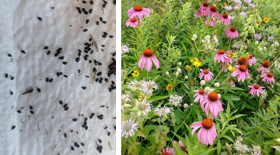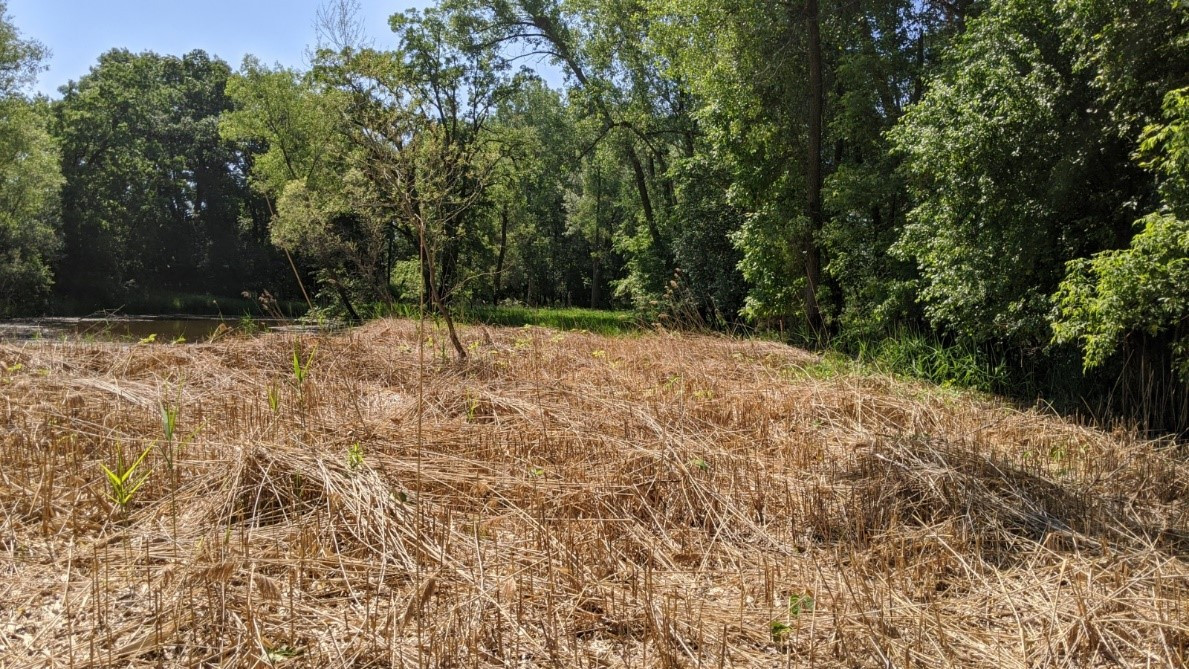Spring is around the corner and that means it is time to think about what to plant. Ornamental plants are not native to MN and therefor do not provide as quality of a food source to pollinators or wildlife. Some ornamentals have started to spread to natural areas where they can cause ecological harm. Amur maple, Norway maple and Winged burning bush have been common landscaping plants but their spread into natural areas has been detected. That invasive behavior landed them on the MN Noxious Weed List as Specially Regulated Plants. There are many native plants to choose from that are suitable for landscaping. See the Woody Invasives of the Great Lakes Collaborative website's Landscape Alternatives for native plant ideas. Blue Thumbs Plant Finder is a great tool to determine the best native plants for your site conditions. Many MN natives are available at local plant nurseries.
| Avoid | Choose Instead |
| Amur Maple | Mountain maple, pagoda dogwood, high bush cranberry, fireberry hawthorn |
| Norway Maple | Red maple, sugar maple, hackberry, basswood |
| Winged Burning Bush | Leatherwood, pagoda dogwood, nannyberry, wolfberry |



